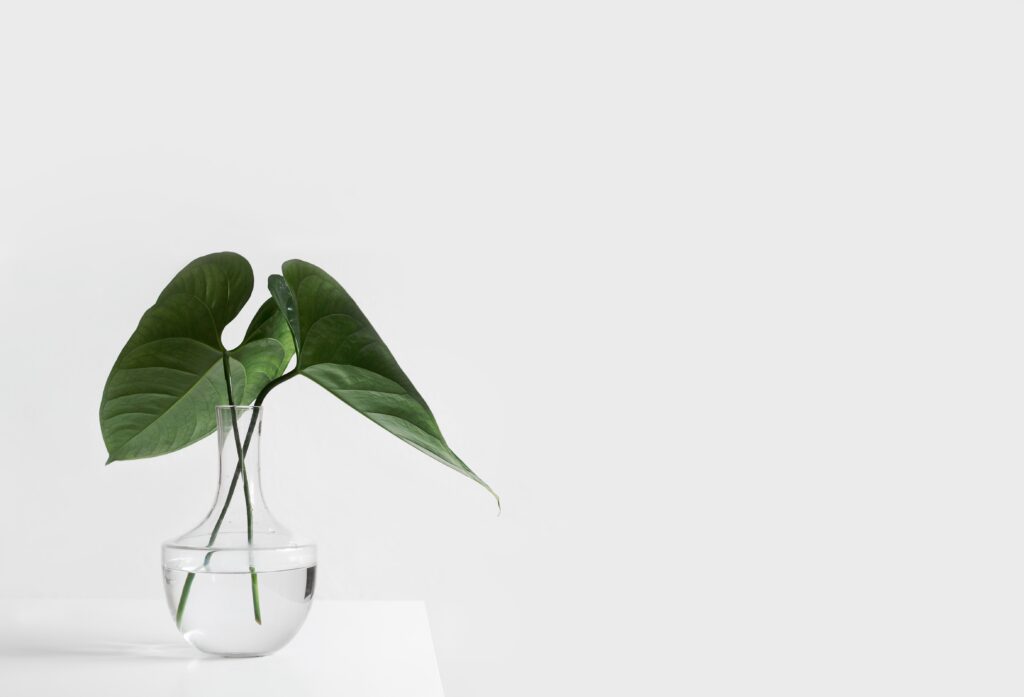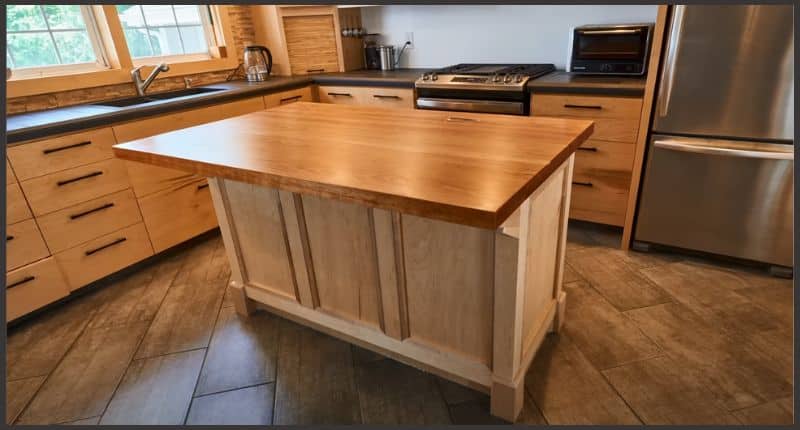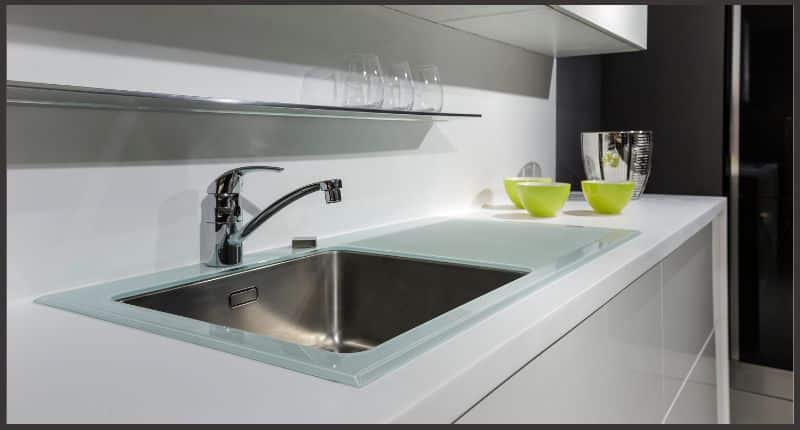Keeping your blender spotless is essential for both hygiene and performance, yet cleaning those stubborn stains and lingering odors can be challenging. Fear not, a simple yet effective solution is at hand: white vinegar. This eco-friendly, highly accessible cleaning agent is perfect for tackling the grime that builds up in your blender. In this guide, we’ll walk you through a quick and easy process to deep clean your blender using vinegar, ensuring it’s sparkling clean and odor-free. Get ready to revive the shine in your blender with minimum effort and maximum satisfaction!
Learning how to clean a blender with vinegar is a useful trick to add to your kitchen cleaning arsenal. It’s a simple, affordable, and eco-friendly way to keep your blender sparkling clean, and it’s a method that’s been endorsed by many kitchen experts. Let’s dive into the wonders of vinegar and unlock the secrets to a sparkling clean blender.
## The Magic of Vinegar in Your Cleaning Routine
Vinegar isn’t just for salad dressings or pickling – it’s a veritable powerhouse when it comes to cleaning. Its acidic nature makes it perfect for disinfecting and deodorizing, and when it comes to your blender, it can be your best friend. The key component, acetic acid, breaks down grime and removes odors without the use of harsh chemicals.
### Why Choose Vinegar for Blender Cleaning?
When you use your blender, bits of food and liquid can cling to the blades and container. Over time, this residue can become a breeding ground for bacteria. Unlike many traditional cleaning products, vinegar is non-toxic and food-safe, making it safe to use on kitchenware. Furthermore, it’s effective against certain types of bacteria, which is essential for anything involved in food preparation.
## Step-by-Step Guide to Cleaning Your Blender with Vinegar
Let’s break down the process into easy-to-follow steps:
### Step 1: Rinse Your Blender
Right after usage, give your blender a good rinse with warm water. This will dislodge any large particles and make the deep cleaning process with vinegar more effective.
### Step 2: Prepare the Vinegar Solution
Fill the blender about halfway with warm water and add about a cup of white vinegar. The precise measurements don’t have to be rocket science – roughly a 1:1 ratio of vinegar to water should do the trick.
### Step 3: Blend the Solution
Pop the lid on and blend the mixture on high for about a minute. The motion of the blades will ensure that the vinegar solution reaches all the nooks and crannies where food particles might hide.
### Step 4: Let It Sit
Once you’ve given it a good blend, let the solution sit in the blender for at least five minutes. Patience is key here – giving it time to work will lead to a more thorough clean.
### Step 5: Scrub if Needed
If you have stubborn residue, now is the time to scrub. Use a non-abrasive sponge or brush to gently work away anything left clinging to the sides or blades.
### Step 6: Rinse Thoroughly
Empty the vinegar solution and rinse your blender jar and blades with warm water until the smell of vinegar is no longer noticeable and the water runs clear.
### Step 7: Dry and Reassemble
Let all components dry fully before reassembling your blender. This will prevent any water spots or potential mold growth in small crevices.
## Real-Life Results: The Impact of Vinegar Cleaning
Numerous kitchen enthusiasts swear by this method. Take Jane, a home cook, who found that regular cleaning with vinegar kept her blender looking new: “Ever since I started cleaning my blender with vinegar, not only has it stayed shiny and odor-free, but I also have peace of mind knowing my smoothies are contaminant-free.”
## Addressing the Vinegar Scent Concern
Some people may be hesitant to use vinegar due to its strong scent. Rest assured, the smell of vinegar dissipates quickly, especially after thorough rinsing. Plus, isn’t a short-lived vinegar scent worth the benefits of a non-toxic, deep clean?
## The Expert’s Angle: What Do They Say?
Chef and culinary expert Michael Smith extols the virtues of vinegar for blender cleaning: “In my professional kitchen, vinegar is a staple for cleaning. It’s effective, eco-friendly, and economical. I recommend it to anyone for maintaining their blenders.”
## Blending the Tale of Vinegar Cleaning
There’s a story in every kitchen, and vinegar has been an unsung hero throughout mine. I remember watching my grandmother cleaning with vinegar, and although I was initially skeptical, my trials and triumphs in using it have converted me to a loyal fan.
## Comparing Blender Cleaning Methods
While vinegar is an outstanding option, it’s not the only one. Some people use baking soda or bleach, but these methods come with their own sets of pros and cons. Bleach, while potent, is harsher and requires careful handling. Baking soda is mild but doesn’t offer the same disinfectant properties as vinegar. In the battle of cleaning solutions, vinegar strikes a perfect balance.
## Simplifying the Complex
If you think about it, cleaning your blender with vinegar is much like marinading – a simple process yielding powerful results. Just as vinegar can both flavor and tenderize in cooking, it can clean and disinfect in maintenance, making it a dual-purpose hero.
## Keep the Blend Going: Maintenance Tips
To ensure your blender stays clean after your vinegar wash, give it a quick rinse after every use. This will help prevent buildup and save you from the need for frequent deep cleans. Also, be sure to store your blender completely dry and with the lid off to discourage any bacterial growth.
## Final Thoughts
Learning how to clean your blender with vinegar is practical, cost-effective, and eco-friendly. By integrating this method into your cleaning routine, you ensure that your blender remains in pristine condition, ready for your next culinary adventure. Remember, the best recipes begin with the cleanest equipment. Happy blending!

Photo by Sarah Dorweiler on Unsplash
Table of Contents
Additional Guide
If you’re curious about more kitchen cleaning hacks, check out our comprehensive guide on blender maintenance for tips on keeping your blender in top shape.
For other kitchen equipment upkeep advice, including how to take care of your bakeware, explore our easy guide on cleaning and maintaining bakeware.
Also, learn the best ways to tackle a common household nuisance with our article on safe drain cleaning, which uses vinegar for eco-friendly solutions.
FAQs: how to clean blender with vinegar
Can I use vinegar to clean my blender?
Yes, you can use vinegar to clean your blender. Vinegar is an effective, natural cleaning agent that can help remove tough stains and odors.
What is the best vinegar to use for cleaning a blender?
White distilled vinegar is the best choice for cleaning a blender. It’s inexpensive, non-toxic, and has potent antibacterial properties.
How do I clean my blender with vinegar?
Fill the blender halfway with warm water, add a drop of dish soap, and pour in about one cup of white distilled vinegar. Run the blender for about 30 seconds to a minute, then rinse thoroughly with warm water. For tough stains or odors, let the vinegar solution sit for a few minutes before running the blender.
Is cleaning a blender with vinegar safe for all types of blenders?
Generally, cleaning with vinegar is safe for most types of blenders, but you should check the manufacturer’s instructions for your specific model. Avoid using vinegar if your blender has parts that are prone to corroding.
Can vinegar disinfect the blender’s blades?
Yes, vinegar has natural disinfectant properties that can help sanitize the blender’s blades. However, it’s not as effective as commercial disinfectants for killing all types of bacteria and viruses.



